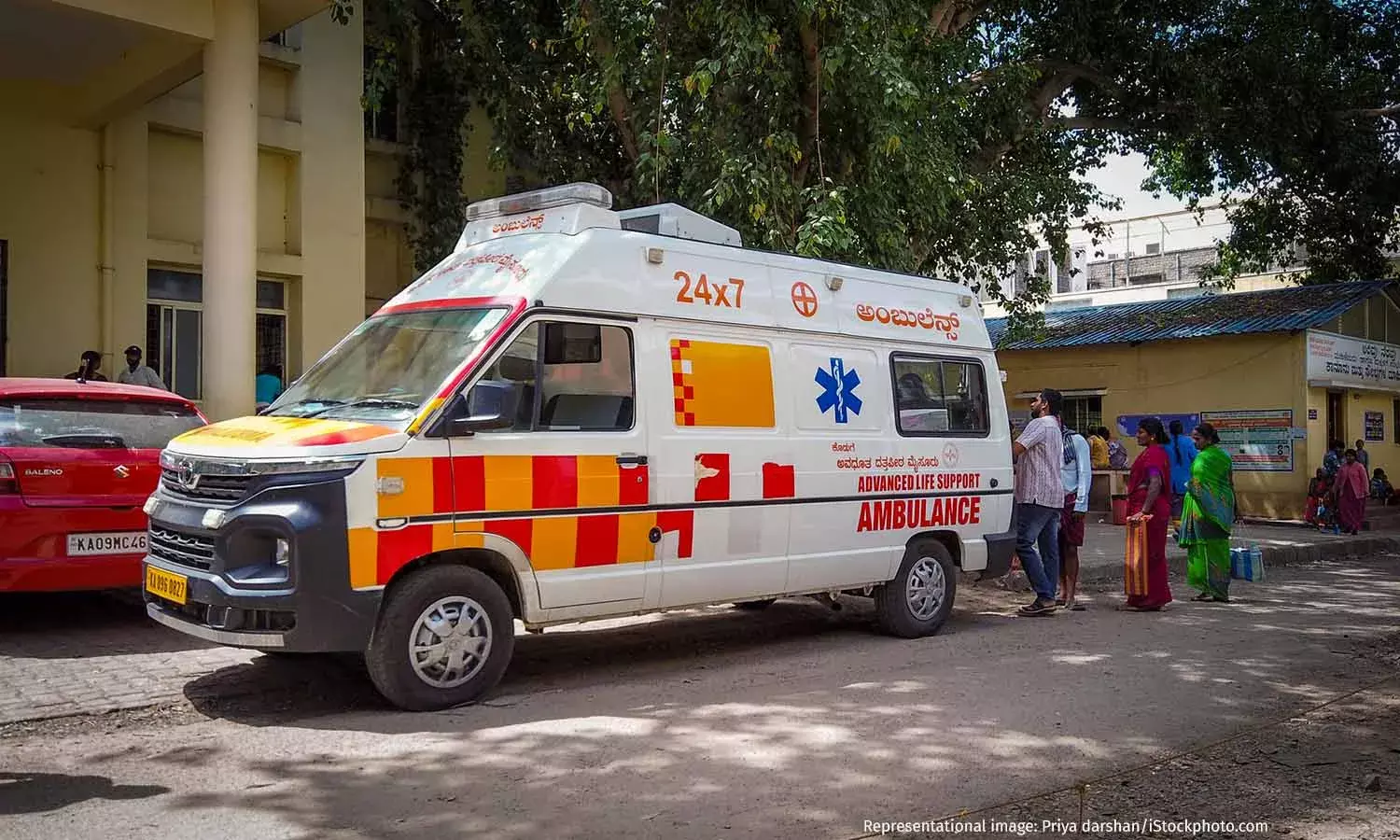India’s Death Registration Improves, But Cause Of Death Records Still Elusive
Medical certification of deaths is important for a post-pandemic healthcare response, for medical research and for improving the methods of diagnosis and treatment of diseases

Mumbai & Noida: Even as 33% more deaths were registered in 2021 (10.2 million), as compared to 7.6 million registered deaths in 2019, the percentage of medically certified deaths has only risen from 21% in 2019 to 23%, as per the latest data from the Registrar General of India. In absolute terms, medically certified deaths rose from 1.57 million in 2019 to 2.39 million in 2021.
Birth and death registrations help establish legal proof of identity, age and citizenship and play a crucial role in ensuring that beneficiaries are able to access education, healthcare and social services, as per the 2021 report from India’s Civil Registration System (CRS). Improving the completeness and quality of both kinds of registrations is vital for ensuring inclusive, data-driven governance.
The lack of medical certification of deaths means that India does not have accurate cause-of-death data, which is central to planning post-pandemic healthcare responses, according to experts IndiaSpend spoke to. This information is also important for medical research and for improving the methods of diagnosis and analysis, we had reported in 2016.
The politics of birth and death has been connected with the politics of health, explained Adil Hossain, a political anthropologist and lecturer at the Azim Premji University in Bengaluru. “How the population in a certain place is managed, the diseases that are prevalent, and the kind of social, economic and political interventions are required can only be known from accurate and complete cause-of-death data.”
Birth registration increased by 4.6% from 23.1 million in 2015 to 24.2 million in 2021, but declined by 2.5% as compared to 2019.
“There is a certain anxiety (among people in West Bengal and North India) who are aware of cases of incorrect spellings or mistakes in their birth certificates landing people in detention camps in Assam. This is the result of citizens at the bottom doing what they think is necessary,” said Hossain, explaining one of the reasons for the increase in birth registrations over the years. He added that grassroots workers like Auxiliary Nurse and Midwives (ANMs) and Accredited Social Health Activists (ASHAs) were crucial for increasing institutional deliveries and in recording of births and deaths.
Disparities over geography and gender in medical certification of deaths
Overall registration of deaths varies across geography. For instance, of the total infant deaths registered, only 22.3% were in rural areas and 77.7% in urban areas, despite slightly higher rural child mortality, pointing to stronger institutional reporting in cities.
The medical certification of death requires a medical professional to ascertain the cause of death. Urban areas accounted for 54.7% of all medically certified deaths, rural areas contributed less than 45%, despite the rural population making up nearly 65% of India’s total population. Andaman and Nicobar Islands, Goa, Daman and Diu, Meghalaya and Tripura have included both rural and urban data under urban, the report notes. Urban areas showed higher proportions of certified deaths due to circulatory diseases and Covid-19, indicating better detection and documentation.
There are also wide gaps in death registration between men and women. For instance, in Uttar Pradesh, there were 902,900 registered male deaths vs 449,200 female deaths, the numbers for Maharashtra were 606,300 male deaths and 402,800 female deaths, and for Madhya Pradesh it was 431,200 male deaths and 271,300 female deaths.
Of the 2.39 million medically certified deaths in 2021, 62.4% were male and 37.6% were female, resulting in a sex ratio of 602 certified female deaths per 1,000 male deaths. “Several studies indicate that women are not taken to the hospital in their last days, and in the failing public health system in India, there are very few registered medical practitioners available to certify cause of death in rural India,” explained Hossain.
Death registrations increased from 3.1 million in 1990 to 10.2 million in 2021. The highest increase occurred between 2019 and 2021, when registered deaths jumped by 34%, which was likely due to a combination of Covid-19-related mortality and improvements in reporting mechanisms.
Uttar Pradesh, Maharashtra and Tamil Nadu reported the highest number of deaths in 2021, with Uttar Pradesh alone registering over 1.35 million deaths, more than double its 2019 figure. Deaths in several states, including Gujarat, Madhya Pradesh and Karnataka, also increased during the pandemic years. By contrast, smaller states like Sikkim, Nagaland and Mizoram maintained low absolute numbers, though even these had year-on-year spikes because of Covid-19.
The leading cause of death in India remains diseases of the circulatory system, accounting for nearly 30% of all medically certified deaths, down from 32% in 2020, according to the 2021 CRS report. Covid-19 (17%, up from 9% in 2020), and respiratory illnesses (13%) were the other leading causes of death in 2021, followed by infectious diseases (6%) and endocrine and metabolic disorders (4.5%).
Diseases of the circulatory system have been the leading cause of death for over two decades, and include heart diseases, hypertension and strokes. Deaths caused by infections and parasites have decreased in all states, except in the northeastern states.
States like Lakshadweep (65%) and Jammu & Kashmir (57.8%) reported particularly high proportions of deaths from circulatory diseases, while Ladakh recorded Covid-19 as the cause of 82.5% of certified deaths.
Nearly one-third of all circulatory system-related deaths and one-fourth of Covid-19 deaths were among those aged 70 and above.
IndiaSpend has written to the Registrar General of India and the Ministry of Home Affairs seeking their clarification on the efforts to increase in surveillance of deaths after the pandemic, the reasons for differences between the certification rates of men’s and women’s deaths and the efforts being made to improve the birth and death registration rates. We will update the story when we receive a response.
Birth registrations more than doubled, increasing from 11.6 million in 1990 to a peak of 24.8 million in 2019. However, this upward trend plateaued during the pandemic years, with registrations falling to 24.2 million in 2020 and 2021.
While both birth and death registration have improved over time, the pace of growth has been faster for death registration in recent years--rising by over 63% between 2015 and 2021, compared to just 4.7% for births during the same period.
Increase in the registration of both births and deaths between 1990 and 2021 reflects steady improvements in the coverage of the CRS, according to the 2021 report.
The early 2000s’ period also coincided with broader improvements in institutional deliveries and the expansion of administrative capacity, explained Hossain. “In addition to being the frontiers of the public health system in India, ASHA workers and ANMs are embedded in the local communities and encourage members to report births and deaths in the family.”
However, states like Assam, Manipur and Nagaland report less than 31% of births within 21 days of the birth, affecting timely documentation.
We welcome feedback. Please write to respond@indiaspend.org. We reserve the right to edit responses for language and grammar.


